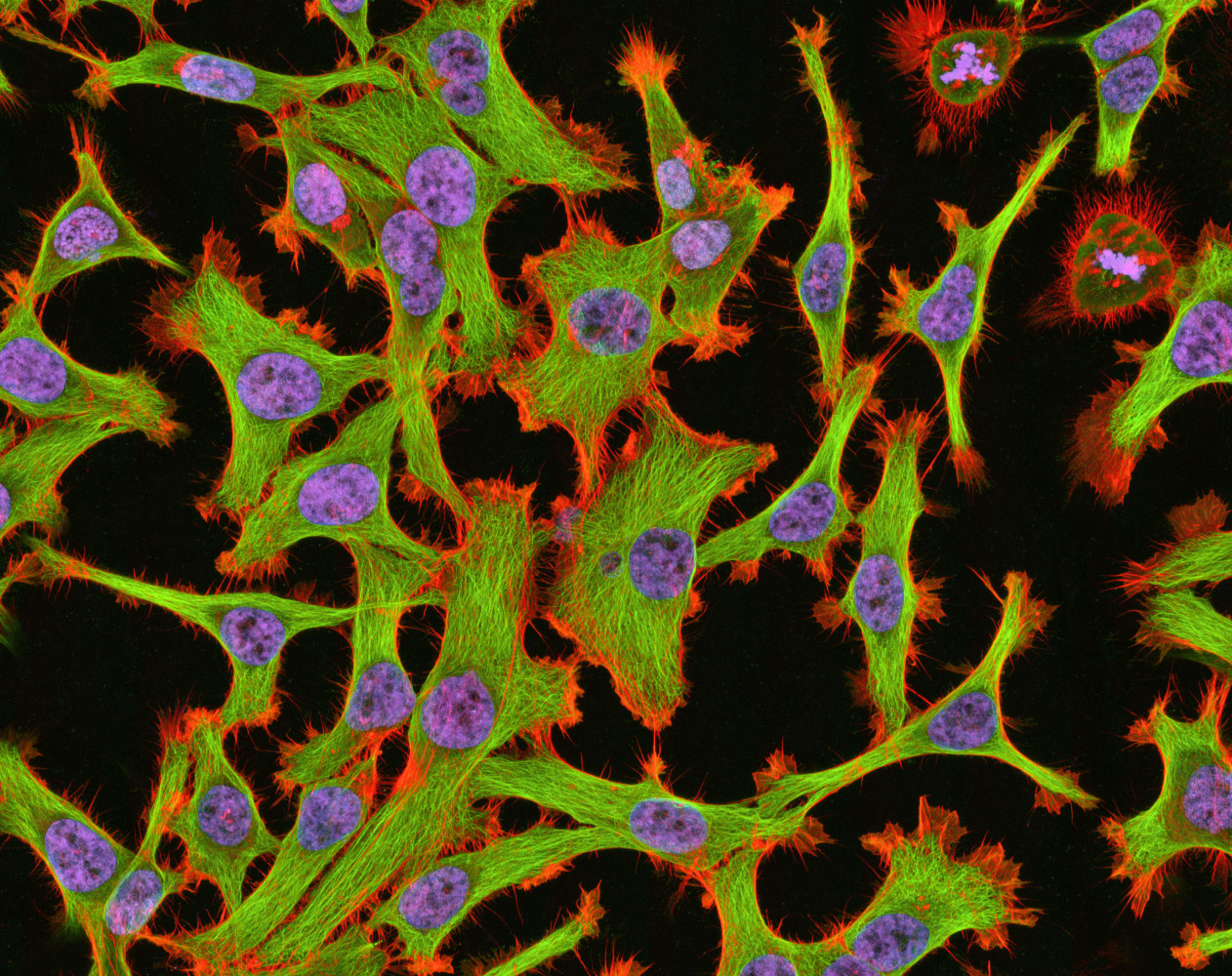Continuing our recent exploration of human fertility, Julia Belluz atVox reports on the continued decline in human sperm counts.
In 2017, Hagai Levine et al. published a meta-analysis in Human Reproduction Update detailing how sperm counts were halved between the 1970s and 2011 in North America, Europe, Australia and New Zealand. Since then, there has been lots of hand-wringing about what the results mean for the future of human fertility and reproduction. After talking wtih epidemiologists and men’s health professionals, Julia breaks down what these observed trends might mean.
First even though sperm counts have declined they are still within in normal range. The observed decrease was from 60 million to 30 million sperm per mL of ejaculate. To be in the normal range, counts should be above 15 million/mL.
Continuing on, she points out the limited scope of the problem. The decline only seemed apparent in Western countries:
The study authors also found the slope of the sperm count decline wasn’t as significant in the non-Western countries (in South America, Asia, and Africa), where sperm count even went up among men who were known to have fathered a child. (They thought this may be because men in non-Western countries haven’t been exposed to the same chemicals from industrial development as Western men have; more on that later.) But this raises the question of whether there’s something else that’s different about the groups or studies that might explain this variation.
And there is always the possibility of confounding variables in meta-analyses like this where experiments from over many decades and in many different countries are analyzed to discern a pattern. Male doctors that she was able to speak with have not noticed a decline that would correlate with what was observed in the publication.
Read Julia’s artcle here to get the rest of the details. And she ends with some tips for enhancing sperm quality, for if and when you are trying to conceive.

